Autism Therapy Statistics
Unlock the power of autism therapy statistics! Discover insights on prevalence, interventions, and socioeconomic factors.


Understanding Autism Statistics
To gain a better understanding of autism and its impact, it is important to delve into relevant statistics. This section focuses on the prevalence of autism in North Carolina and highlights gender disparities in autism.
Top 10 Key Autism Statistics
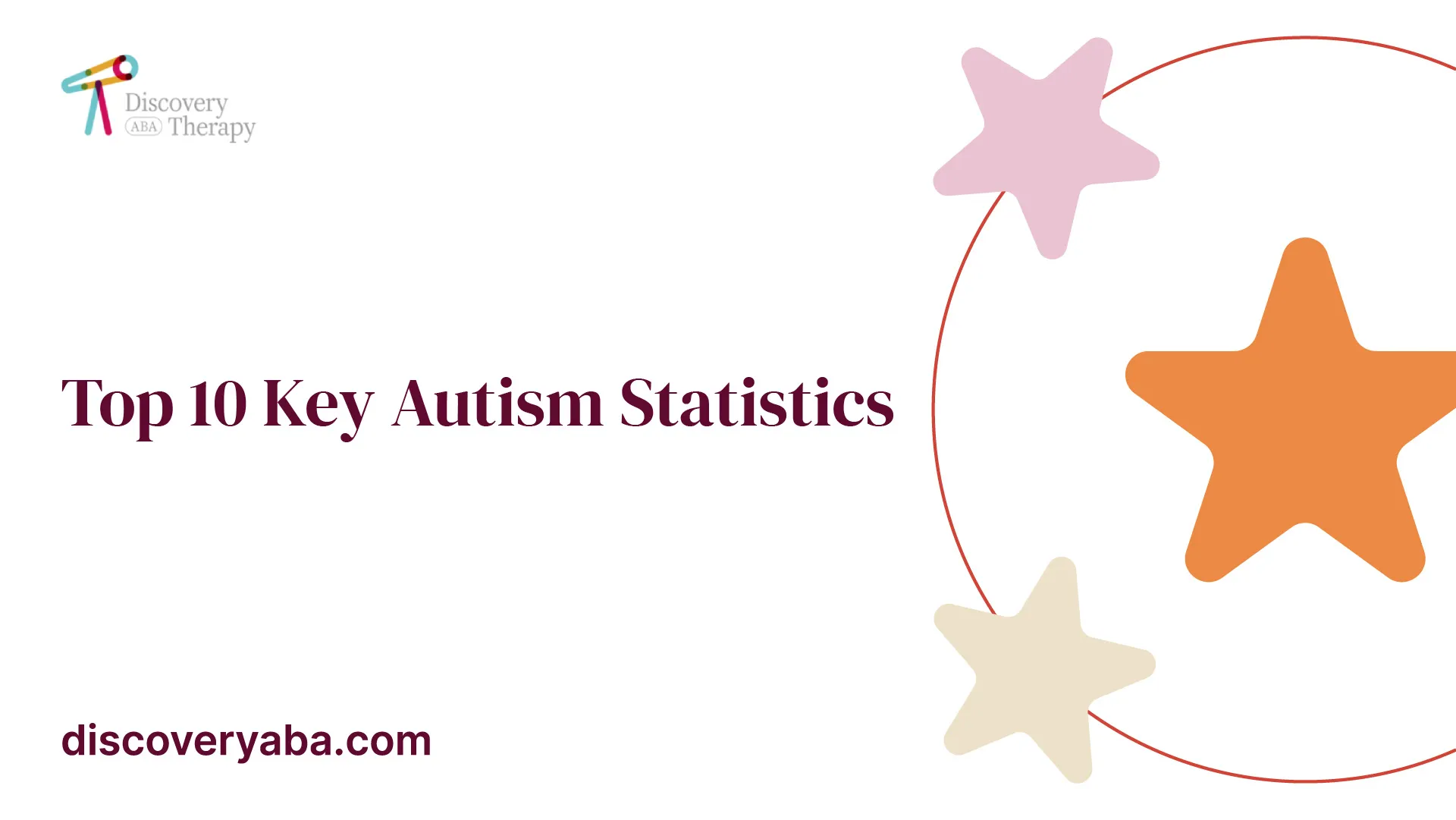
- Prevalence: 1 in 36 children in the United States are diagnosed with autism spectrum disorder (ASD).
- Gender disparity: Boys are four times more likely to be diagnosed with autism than girls.
- Early diagnosis: Autism can be reliably diagnosed as early as 18 months of age.
- Genetic factors: Studies suggest that autism has a strong genetic component, with heritability estimated at 50-90%.
- Co-occurring conditions: Over 50% of children with autism have one or more co-occurring mental health conditions.
- Employment rates: Only about 15% of adults with autism are in full-time employment.
- Economic impact: The lifetime cost of supporting an individual with autism is estimated to be $1.4 million to $2.4 million.
- Global prevalence: Autism affects an estimated 1-2% of the global population.
- Intervention effectiveness: Early intervention can significantly improve outcomes for children with autism.
- Increasing diagnosis rates: The prevalence of autism has increased by 178% since 2000.
Prevalence in North Carolina
In North Carolina, like many other regions, the prevalence of autism spectrum disorder (ASD) has seen significant attention and research. According to the Centers for Disease Control and Prevention (CDC), approximately 1 in 44 children in the United States are diagnosed with autism spectrum disorder each year. While specific data for North Carolina may vary, it is crucial to understand that the prevalence of autism is a significant concern.
The CDC provides autism prevalence estimates for 8-year-old children across monitoring sites in the Autism and Developmental Disabilities Monitoring (ADDM) Network. These estimates reflect improvements in outreach, screening, and the destigmatization of autism diagnosis among minority communities [2]. However, it is important to note that prevalence rates may differ across different regions and populations.
Gender Disparities in Autism
Autism spectrum disorder is nearly four times more common among boys than among girls in the United States [1]. Although the exact reasons for this gender disparity are not fully understood, ongoing research aims to shed light on the underlying factors.
It is crucial to recognize that gender disparities in autism may impact access to early intervention, diagnosis, and support services. Understanding these disparities helps inform efforts to ensure equitable access to resources and services for individuals with autism, regardless of gender.
By exploring prevalence rates and gender disparities in autism, we can develop a deeper understanding of the scope and impact of autism spectrum disorder. This knowledge is essential for fostering awareness, promoting early intervention, and advocating for the needs of individuals with autism in North Carolina and beyond. For more information on autism therapy and adaptations, you can visit our article on autism therapy adaptations.
Educational and Employment Data
Understanding the educational and employment landscape for individuals with autism is crucial for promoting inclusivity and improving outcomes. In this section, we will explore graduation rates and employment outcomes for individuals on the autism spectrum.
Graduation Rates
Graduation rates in special education can vary by state, reflecting the unique challenges and resources available in each region. According to data from the U.S. Department of Education for the years 2018-2019, the graduation rate for students with disabilities in the United States was approximately 68.3% [2]. It's important to note that this includes individuals with various disabilities and not solely those on the autism spectrum.
For more specific information about graduation rates for students with autism in North Carolina, local data sources and educational institutions can provide valuable insights. Understanding the graduation rates can help identify areas for improvement and tailor interventions to support individuals with autism in their educational journey.
Employment Outcomes
Empowering individuals with autism to thrive in the workforce is a crucial aspect of promoting their independence and well-being. Employment outcomes for individuals with autism can vary based on factors such as education, support services, and individual strengths and challenges.
Data from the U.S. Department of Education (2014-2016) and the Bureau of Labor Statistics (2022) provide insights into the employment outcomes for individuals with autism. According to Autism Speaks, the employment rate for individuals with autism is significantly lower compared to those without disabilities. However, it's important to note that with appropriate support and accommodations, individuals with autism can excel in various fields and contribute meaningfully to the workforce.
Promoting inclusive hiring practices, providing vocational training and support, and creating a supportive work environment are crucial steps in improving employment outcomes for individuals with autism. It's important to recognize and celebrate the unique strengths and talents that individuals with autism bring to the workplace.
By understanding the educational and employment data surrounding autism, we can advocate for equal opportunities and work towards creating an inclusive society where individuals with autism can thrive. It's essential to continue researching and implementing strategies that support individuals with autism in their educational journey and empower them to achieve meaningful and fulfilling employment outcomes.
Cost of Autism Services
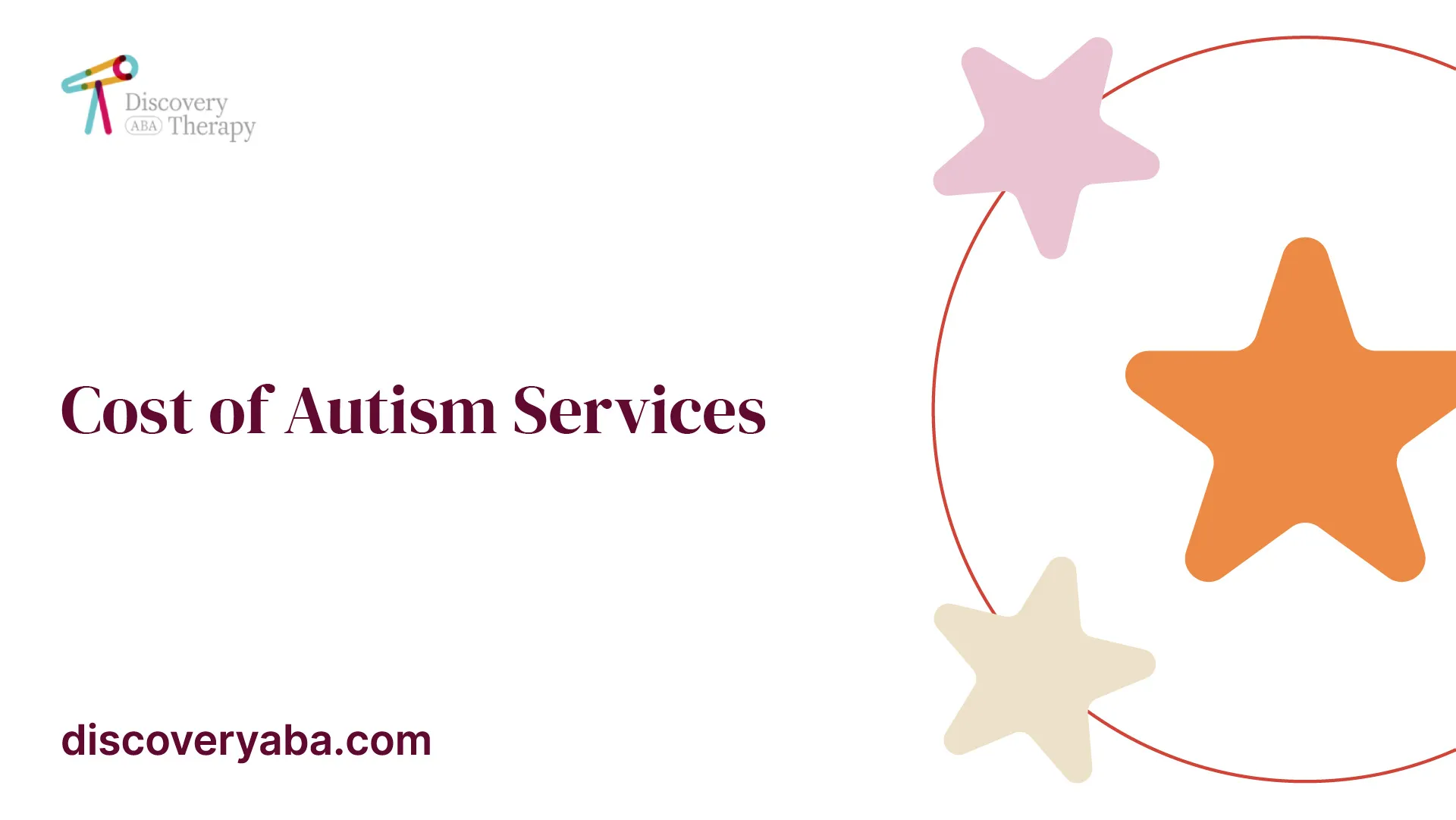
The cost of autism services can vary significantly depending on various factors, including the type of therapy, duration, and location. Understanding the average expenses and the affordability and accessibility of these services is essential for individuals with autism and their families.
Average Expenses
According to data provided by FAIR Health Inc. in 2021, the average costs of common autism services in the U.S. can be informative. It's important to note that these figures are subject to regional variations and individual circumstances. Here is a breakdown of some common autism services and their average expenses:
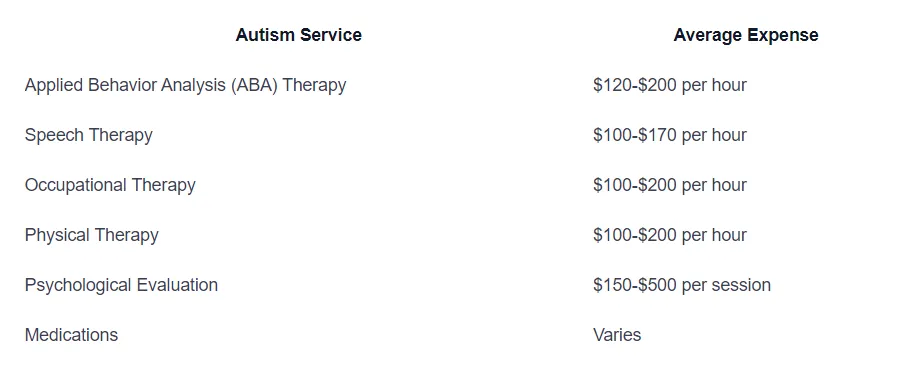
Please keep in mind that these figures are approximate and may vary depending on the provider, location, and insurance coverage. It's important to consult with healthcare professionals and insurance providers to get accurate information regarding the costs associated with specific services.
Affordability and Accessibility
While autism services can be highly beneficial, the affordability and accessibility of these services can be a challenge for many individuals and families. Children with Autism Spectrum Disorder (ASD) often have increased costs and higher healthcare utilization but poorer access to healthcare compared to children in the general population [3]. It is crucial to address the barriers that hinder access to necessary services.
Socioeconomic status plays a significant role in the affordability and availability of autism services. Children from lower socioeconomic status households may receive fewer hours of ASD treatment services, while African American and Latino children may experience delays between diagnosis and treatment, resulting in fewer ASD treatment services [3].
To improve affordability and accessibility, it's important to advocate for policies that provide comprehensive insurance coverage for autism-related therapies and interventions. Additionally, exploring telehealth options for autism therapy can help overcome geographical barriers and increase access to services.
While the costs of autism services can be significant, it's important to consider the long-term benefits and positive outcomes that these interventions can provide. Early intervention and personalized treatment approaches have shown promising results in improving the lives of individuals with autism [5]. It's crucial to seek out resources, support, and financial assistance programs that can assist individuals and families in accessing the necessary services for autism therapy.
Therapeutic Interventions
When it comes to autism therapy, there are various therapeutic interventions available to support individuals with Autism Spectrum Disorder (ASD). Two commonly used interventions are Applied Behavior Analysis (ABA) and Cognitive Behavioral Therapy (CBT).
Applied Behavior Analysis (ABA)
ABA is the most-utilized therapy for individuals with autism, currently used to treat 64% of individuals with ASD, according to the National Survey of Children's Health. ABA therapy is considered the gold standard in autism treatment, addressing a broad range of skills from communication and socialization to reducing challenging behaviors. It is highly individualized and employs data-driven approaches.
ABA therapy utilizes techniques based on principles of learning and behavior to teach new skills and modify behaviors. It focuses on breaking down complex skills into smaller, manageable tasks and uses positive reinforcement to encourage desired behaviors. ABA therapists work closely with individuals with ASD to develop individualized treatment plans that target specific needs and goals. By consistently tracking progress and making data-based decisions, ABA therapy helps individuals with autism make significant improvements in adaptive behaviors.
Cognitive Behavioral Therapy (CBT)
Cognitive Behavioral Therapy (CBT) is another therapeutic intervention commonly used for individuals with autism. Although traditionally used to treat mental health conditions, CBT has shown effectiveness in addressing challenges associated with autism as well. CBT aims to help individuals identify and change patterns of thinking and behavior that may be causing difficulties or distress.
CBT for autism typically focuses on areas such as social skills, emotional regulation, and anxiety management. It helps individuals develop strategies to cope with social situations, understand and express emotions, and manage anxiety or other co-occurring conditions. By working collaboratively with a therapist, individuals learn new skills and perspectives that can lead to improved well-being and quality of life.
It's important to note that highly structured and specialized programs are often the most effective therapies and interventions for individuals with Autism Spectrum Disorder (ASD) [8]. Individualized care plans that incorporate a combination of interventions tailored to the unique needs of each individual have shown promising results in reducing symptoms and improving daily functioning.
By utilizing interventions such as ABA and CBT, individuals with autism can receive targeted support and develop essential skills that enhance their overall well-being. It's crucial to consult with professionals and identify the most appropriate therapy options based on individual needs and goals. For more information on autism therapy adaptations and therapeutic activities, refer to our articles on autism therapy adaptations and autism therapeutic activities.
Personalized Treatment Approaches
When it comes to treating Autism Spectrum Disorder (ASD), personalized treatment approaches are crucial for addressing the unique needs of individuals. Highly structured and specialized programs have been found to be the most effective therapies and interventions for individuals with ASD, as they can greatly reduce symptoms and help individuals with autism in their daily activities.
Individualized Care Plans
Individualized care plans play a vital role in providing targeted treatment for individuals with autism. These plans are developed based on a thorough assessment of the individual's strengths, weaknesses, and specific goals. By considering these factors, therapists and professionals can tailor their approach to meet the unique needs of each individual.
For example, a child facing difficulties in language development, motor skills, and daily functioning may receive a comprehensive treatment plan that includes speech therapy, physical therapy, and occupational therapy. By addressing the specific challenges faced by the individual, these therapies can help improve communication skills, enhance motor coordination, and promote independence in daily activities.
It is important to note that personalized care plans should go beyond the diagnostic label of autism and consider the individual as a whole. This is especially important given the overlap in symptoms between ASD and other disorders like attention deficit hyperactivity disorder (ADHD). By focusing on the specific needs of the individual, rather than just the diagnostic label, therapy can be tailored to address their unique challenges and promote their overall development.
Family Involvement in Therapy
Family involvement plays a crucial role in the success of therapy for individuals with autism. The active participation of family members in the treatment process can greatly enhance the individual's progress and overall well-being. Families are essential partners in understanding the individual's needs, providing support, and reinforcing the skills learned during therapy.
By involving families in therapy sessions, therapists can educate parents and caregivers about effective strategies for supporting their loved ones with autism at home. This can include techniques for managing challenging behaviors, creating a structured environment, and promoting social interactions. Family involvement also allows for consistent reinforcement of skills and strategies outside of therapy sessions, which can lead to better outcomes for individuals with autism.
Furthermore, family support groups and resources can provide valuable emotional support, guidance, and information about available services and therapies. These resources can empower families to make informed decisions about their loved one's care and navigate the challenges that may arise.
By recognizing the importance of individualized care plans and family involvement in therapy, individuals with autism can receive the support and interventions they need to thrive. Through personalized treatment approaches and collaborative efforts between professionals and families, individuals with autism can achieve their full potential and lead fulfilling lives.
Socioeconomic Factors
When it comes to autism therapy, it's important to consider the impact of socioeconomic factors on diagnosis and treatment. These factors can greatly influence access to services and contribute to disparities in care. In this section, we will explore the impact of socioeconomic factors on autism diagnosis and treatment, as well as the presence of racial disparities in access.
Impact on Diagnosis and Treatment
Research has shown that socioeconomic status (SES) can have a significant impact on the diagnosis and treatment of autism spectrum disorder (ASD). Studies have found that areas with higher levels of deprivation, including a higher percentage of unemployed adults, individuals with no diploma, immigrants, and single-parent families, tend to have a higher prevalence of ASD with associated intellectual disability (ID) [9]. Similarly, areas with a higher percentage of immigrants have also been associated with a higher prevalence of ASD without ID [9].
The relationship between socioeconomic indicators and the prevalence of ASD is particularly notable when it is associated with intellectual disability. This suggests that SES plays a significant role in the observed prevalence of ASD and ID [9]. However, it's important to note that socioeconomic factors should not be considered as causative factors for ASD but rather as contributing factors to disparities in diagnosis and treatment.
Raising awareness about autism within underserved communities and ensuring access to appropriate diagnostic services can help address the impact of socioeconomic factors on diagnosis and treatment. Additionally, providing culturally sensitive and linguistically appropriate resources can help bridge the gap in accessing autism services for individuals from diverse socioeconomic backgrounds.
Racial Disparities in Access
Alongside socioeconomic factors, racial disparities in access to autism diagnosis and treatment have also been observed. Although the relationship between race and prevalence of ASD is not fully understood, studies have shown that there is a higher prevalence of ASD in areas with a higher proportion of immigrants, although the relationship is of borderline significance [9].
To address racial disparities in access, it is crucial to promote inclusivity and ensure that culturally appropriate resources and support services are available to individuals from all racial backgrounds. This includes providing information and materials in multiple languages, offering telehealth options for remote areas, and reducing barriers to access through financial assistance programs or insurance coverage.
By addressing the impact of socioeconomic factors and racial disparities, it is possible to enhance the diagnosis and treatment of autism and ensure that individuals from all backgrounds have equal access to the support they need. Through increased awareness, advocacy, and targeted interventions, we can work towards a more equitable and inclusive system of care for individuals with autism spectrum disorder.
References
- https://www.autismspeaks.org/autism-statistics-asd
- https://www.ncbi.nlm.nih.gov/pmc/articles/PMC5693721/
- https://www.empowerbh.com/blog/common-types-of-therapy-for-autism/
- https://behavioralinterventionforautism.com/blog/aba-therapy-success-rate-is-it-worth-it/
- https://www.nichd.nih.gov/health/topics/autism/conditioninfo/treatments
- https://www.ncbi.nlm.nih.gov/pmc/articles/PMC4635003/
Does Your Child Have An Autism Diagnosis?
Learn More About How ABA Therapy Can Help
Find More Articles
Contact us
North Carolina, Tennessee, Nevada, New Jersey, Utah, Virginia
New Hampshire, Maine
Massachusetts, Indiana, Arizona, Georgia
.avif)


.jpeg)



.jpeg)
.jpeg)




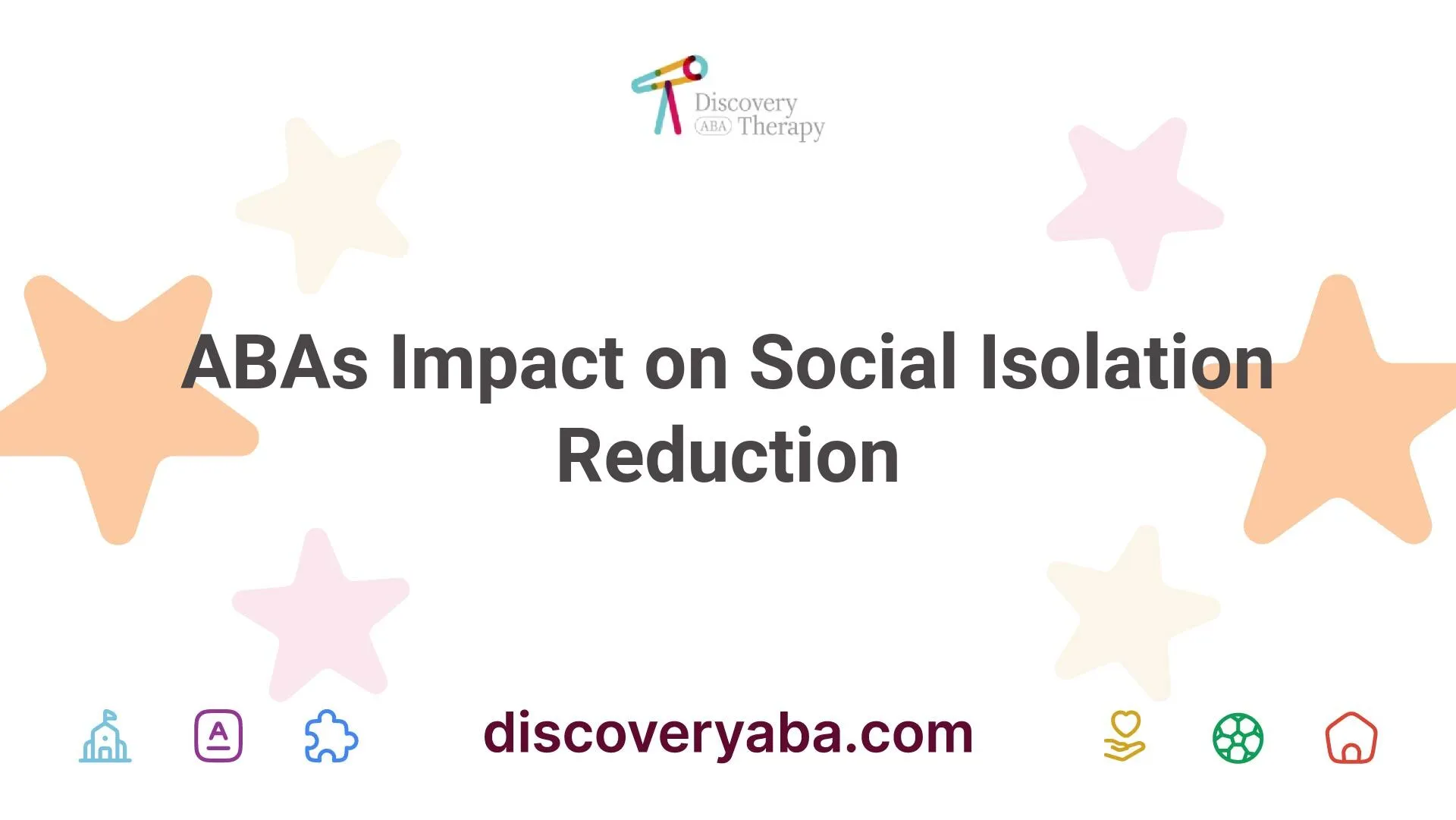
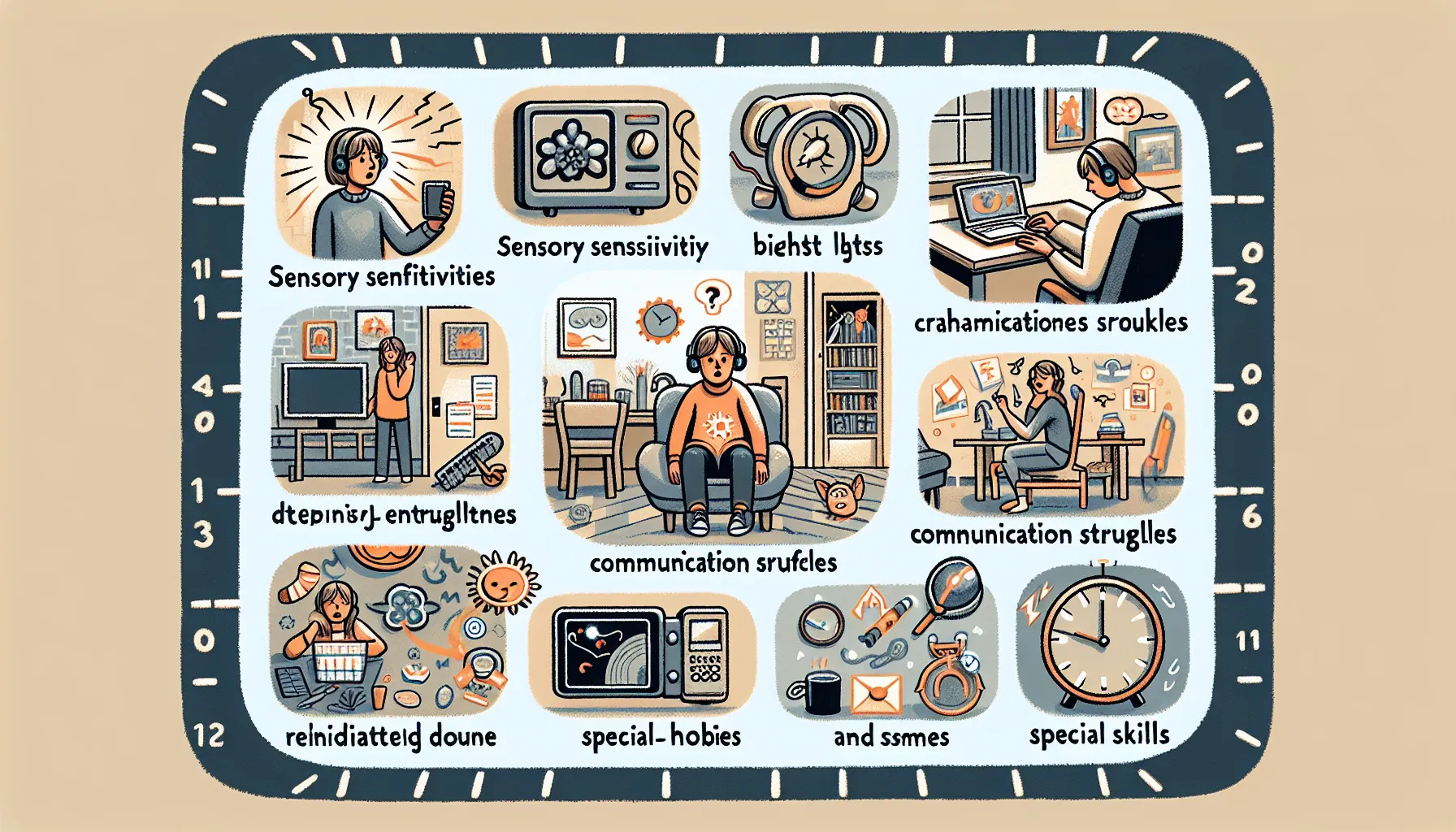

























.jpeg)





.jpeg)











.jpeg)




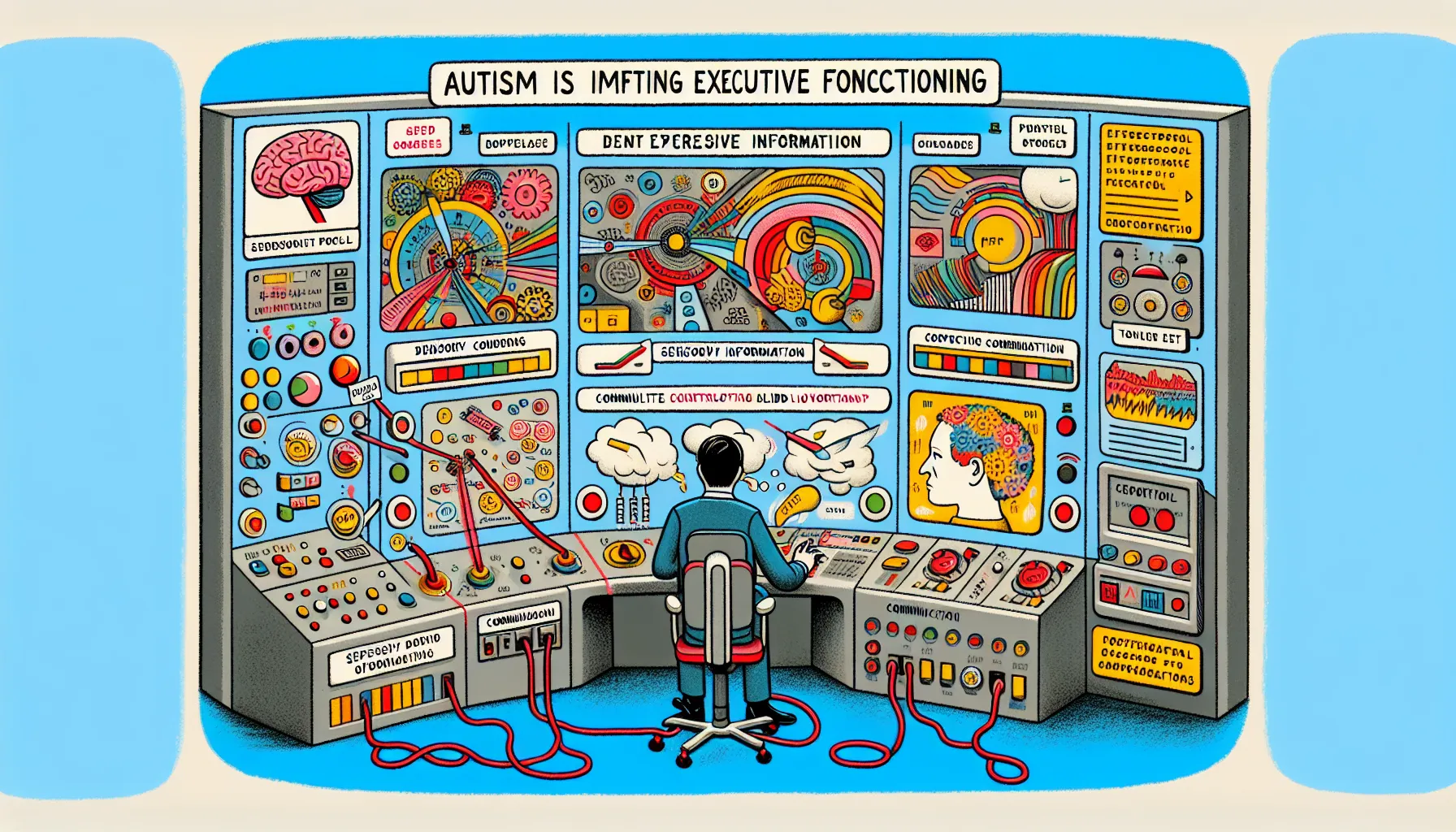
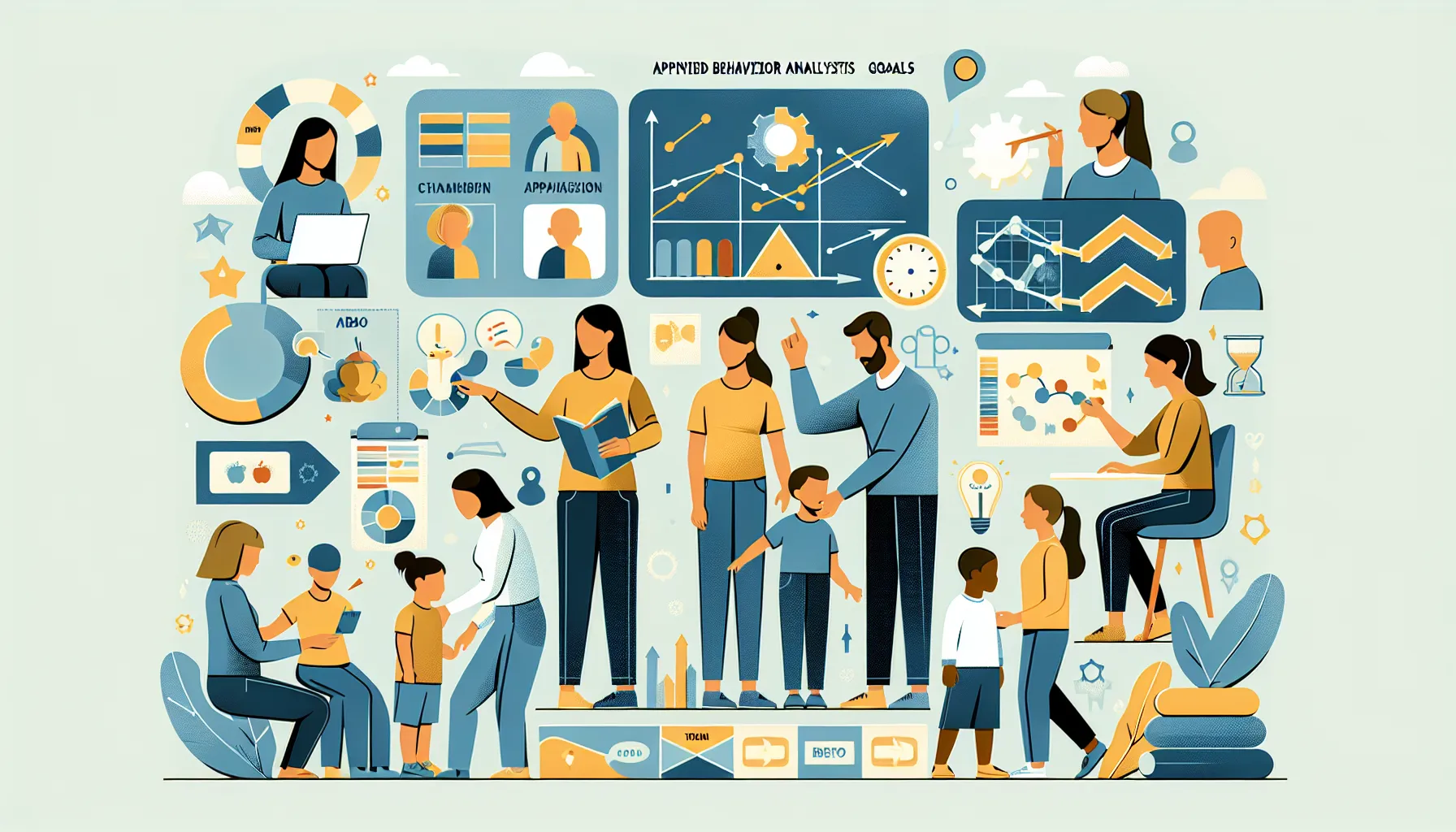








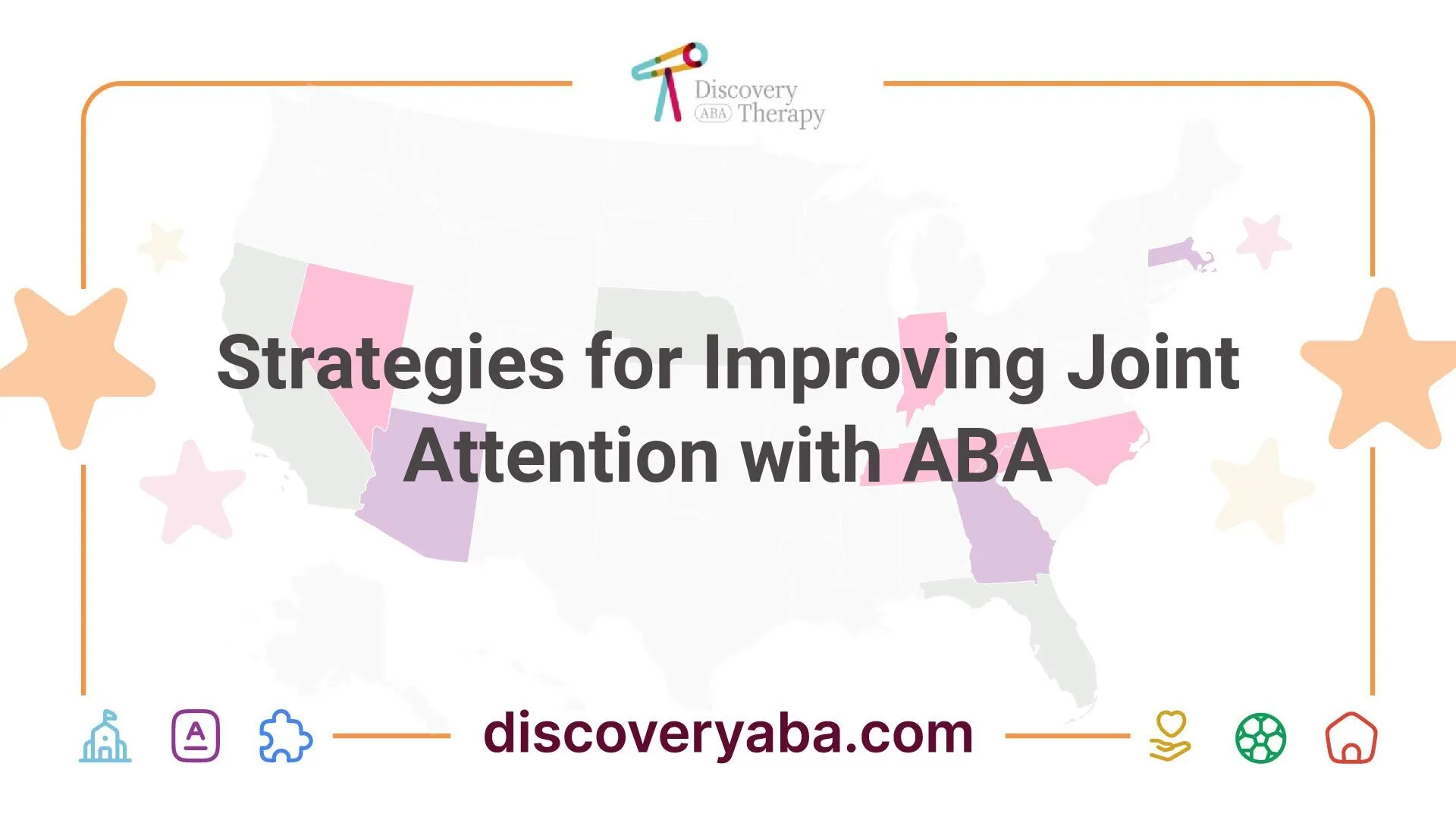
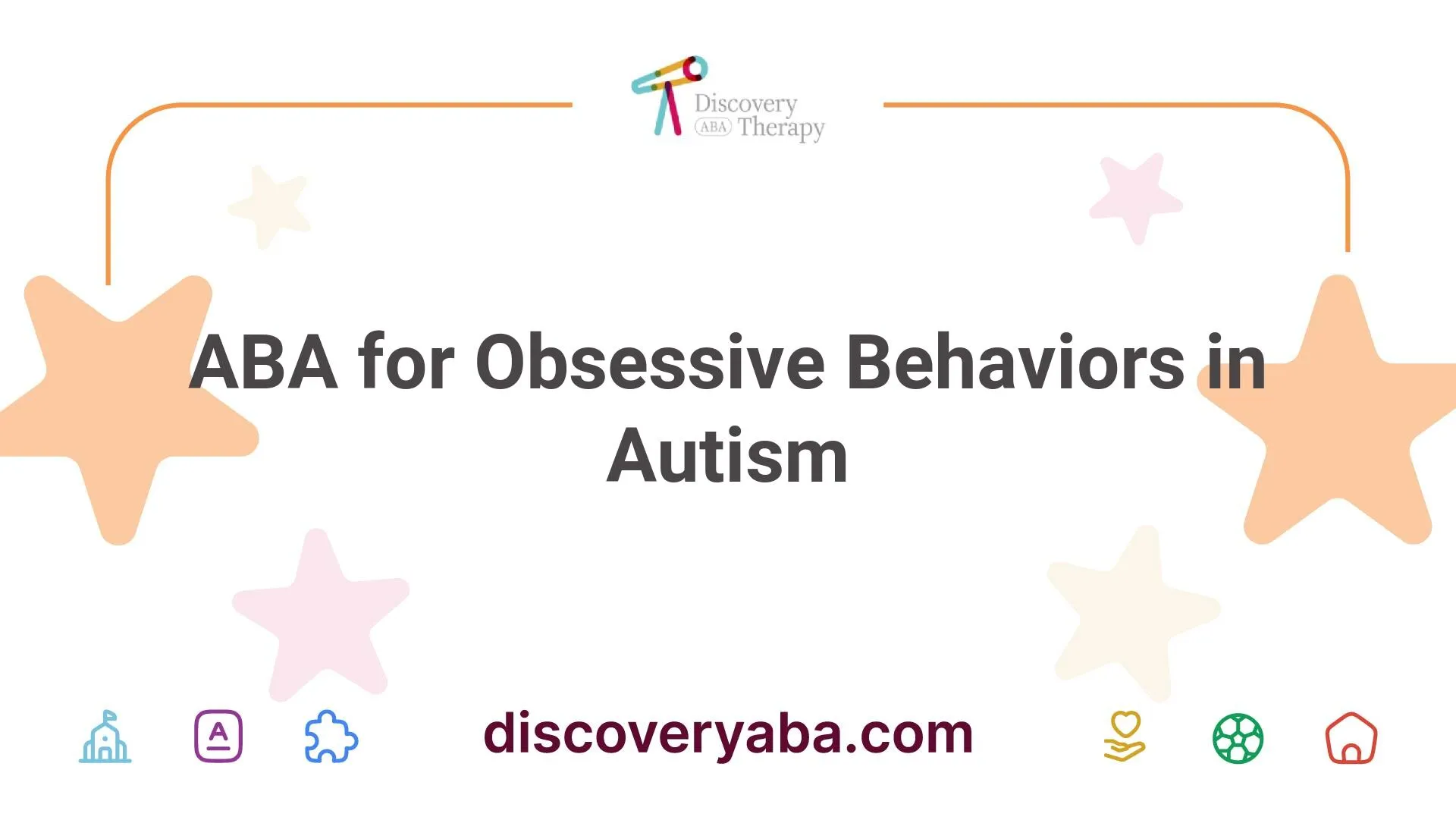


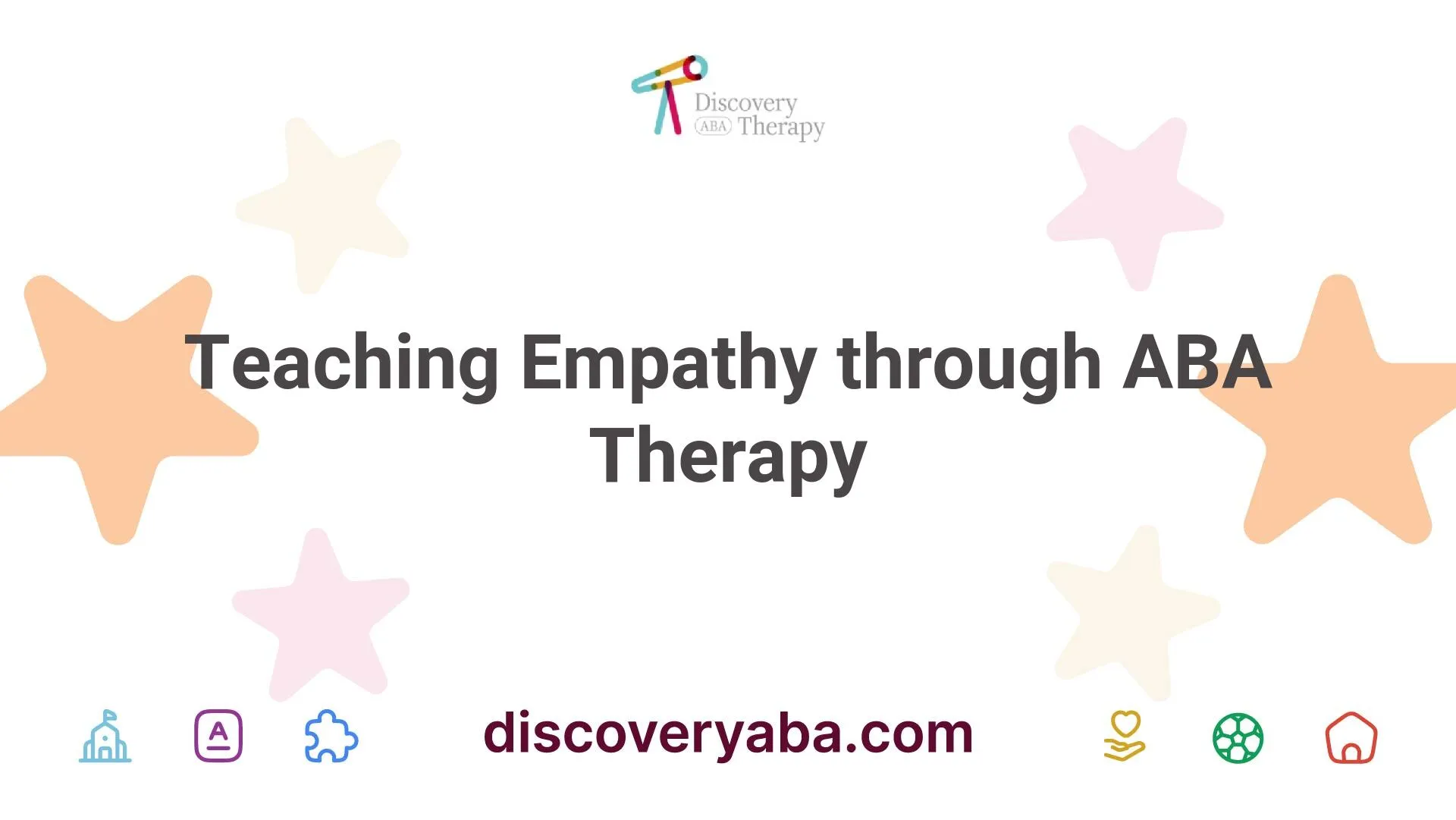
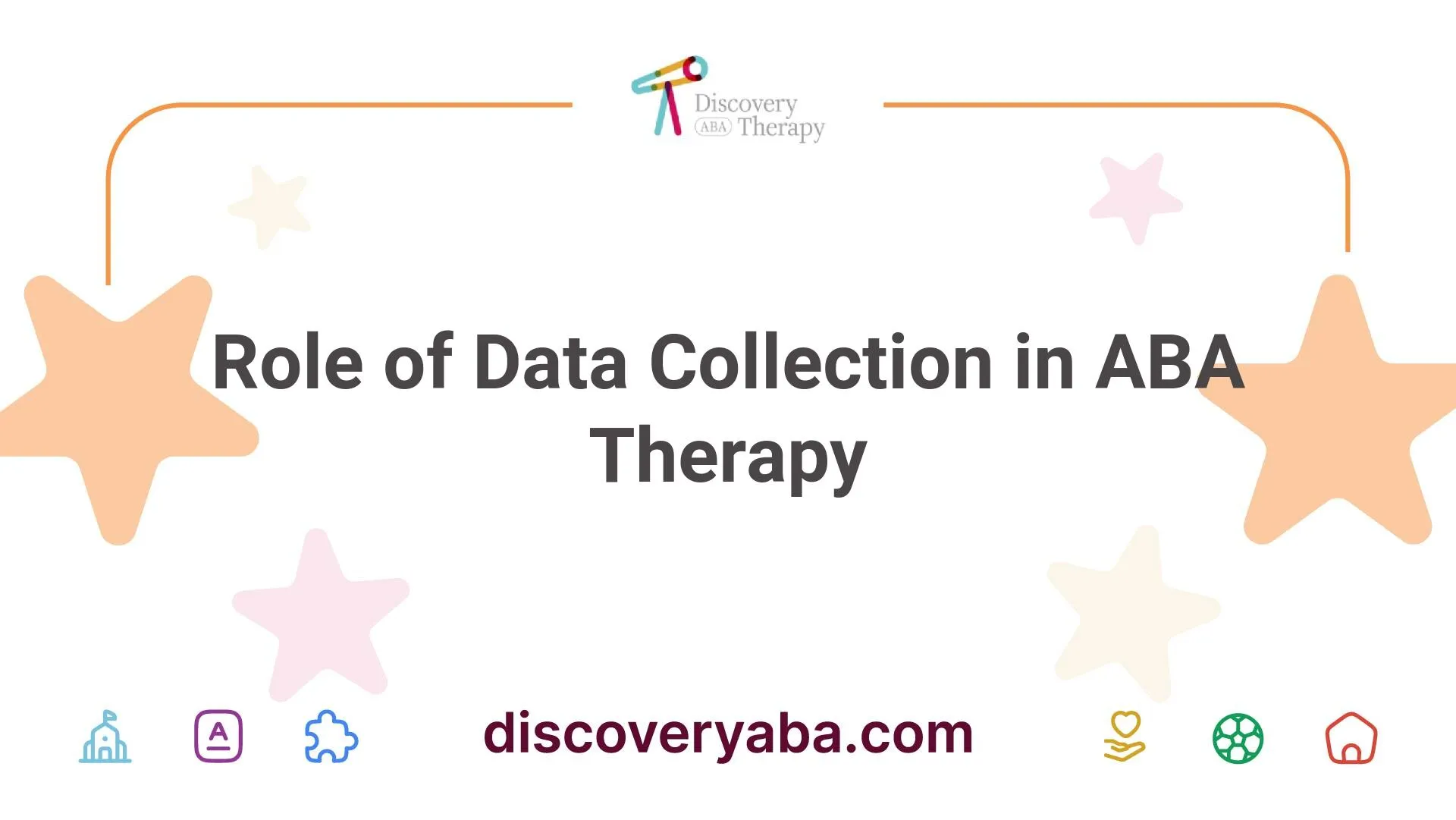
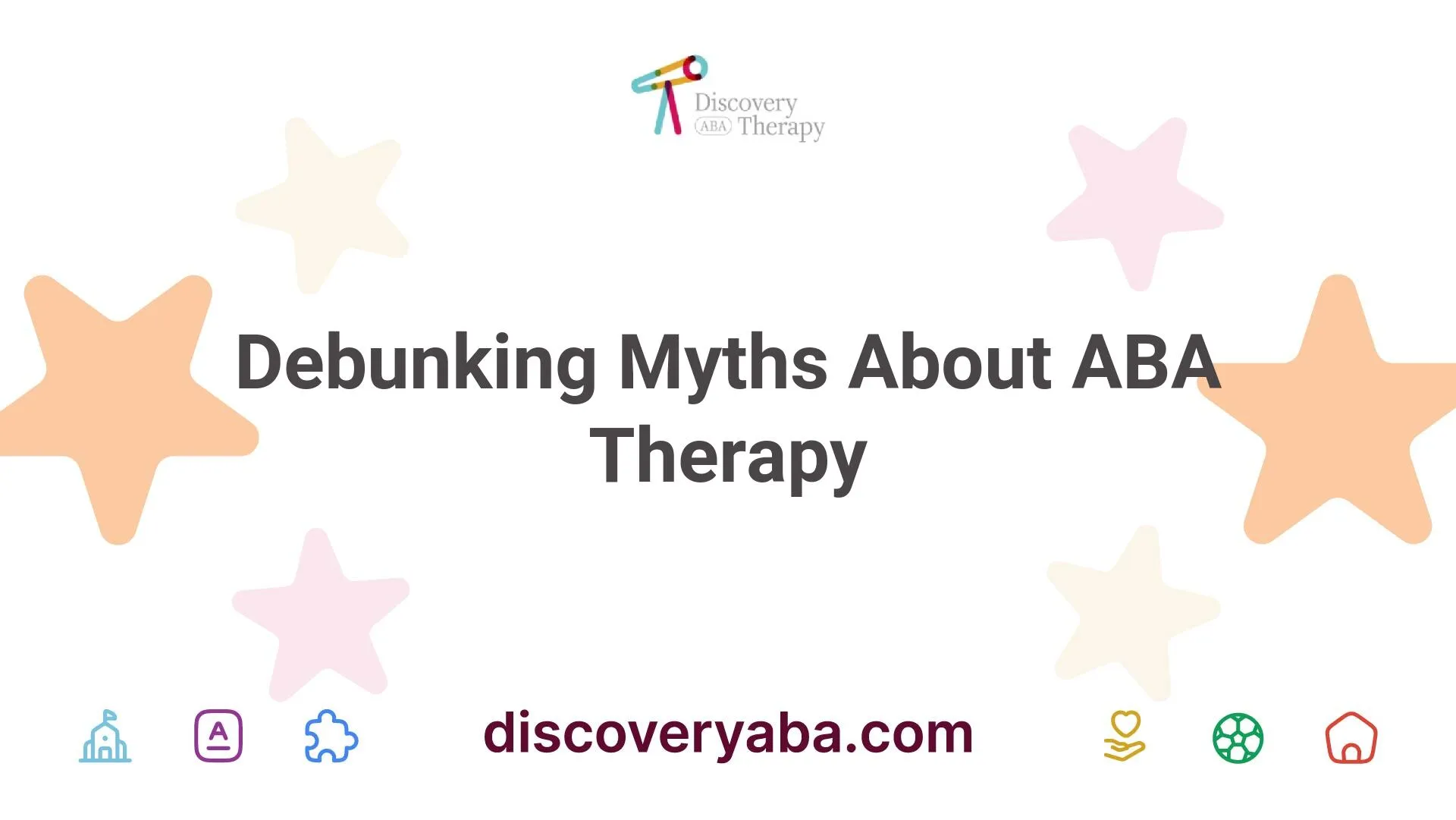
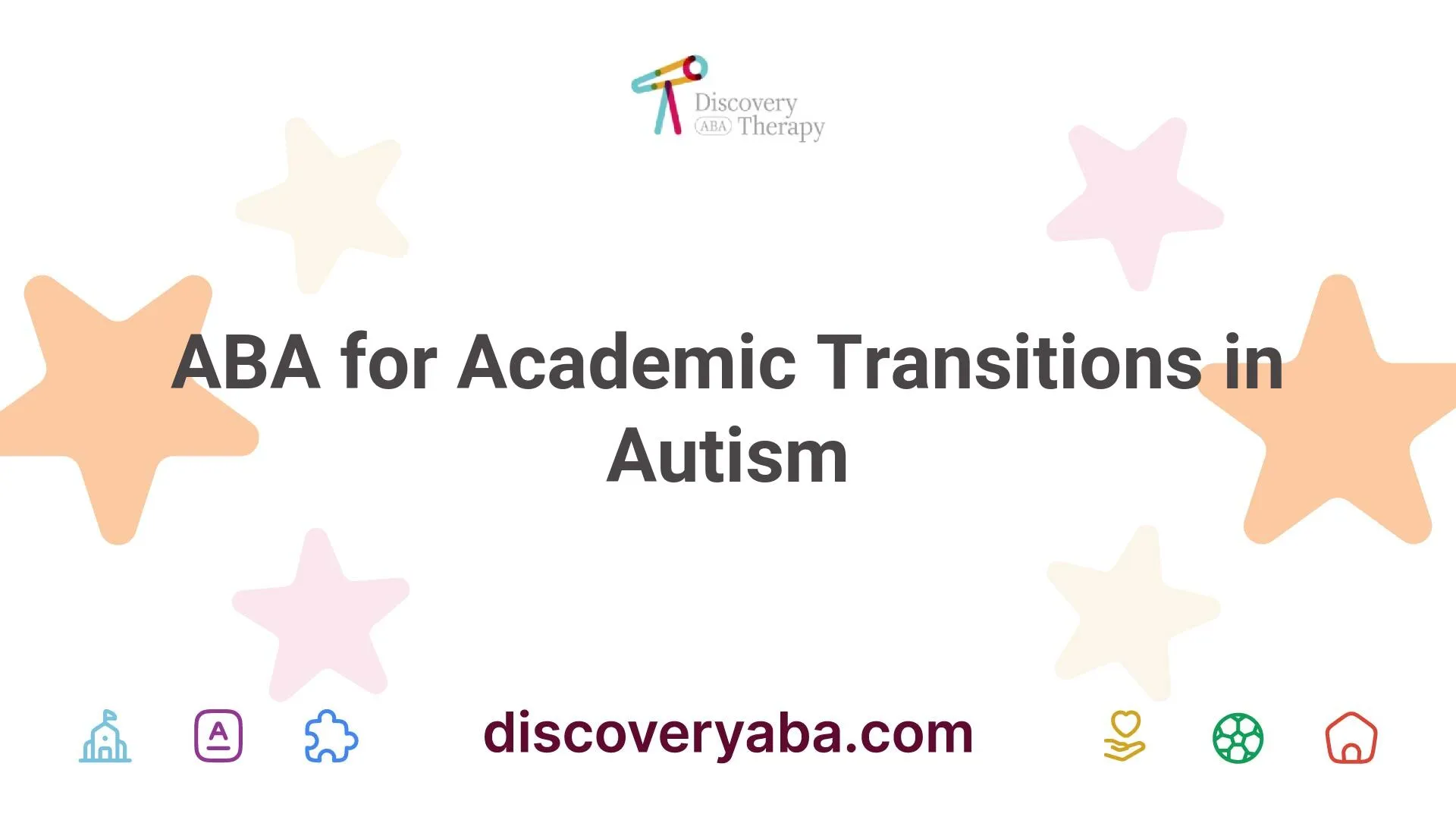
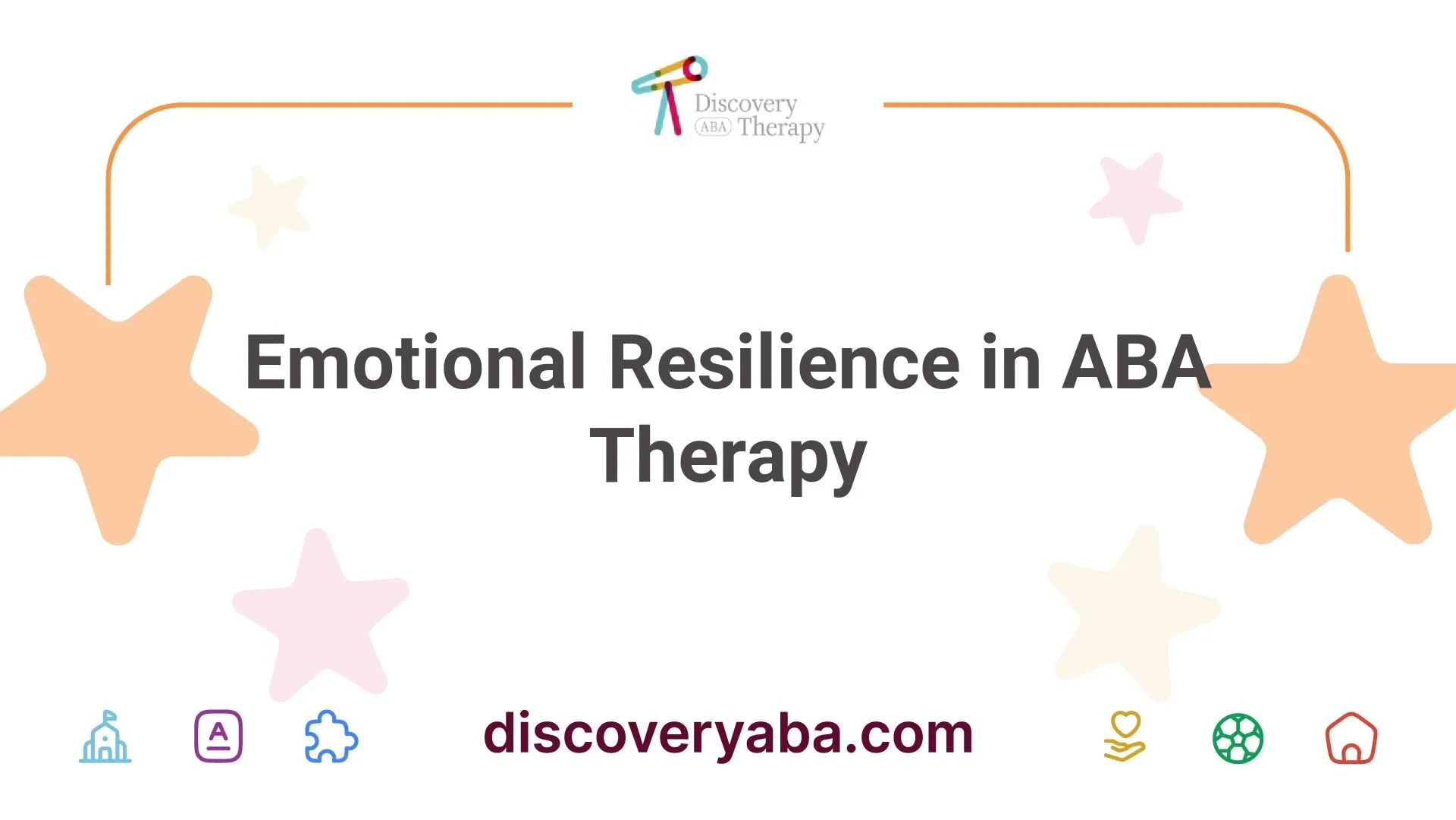
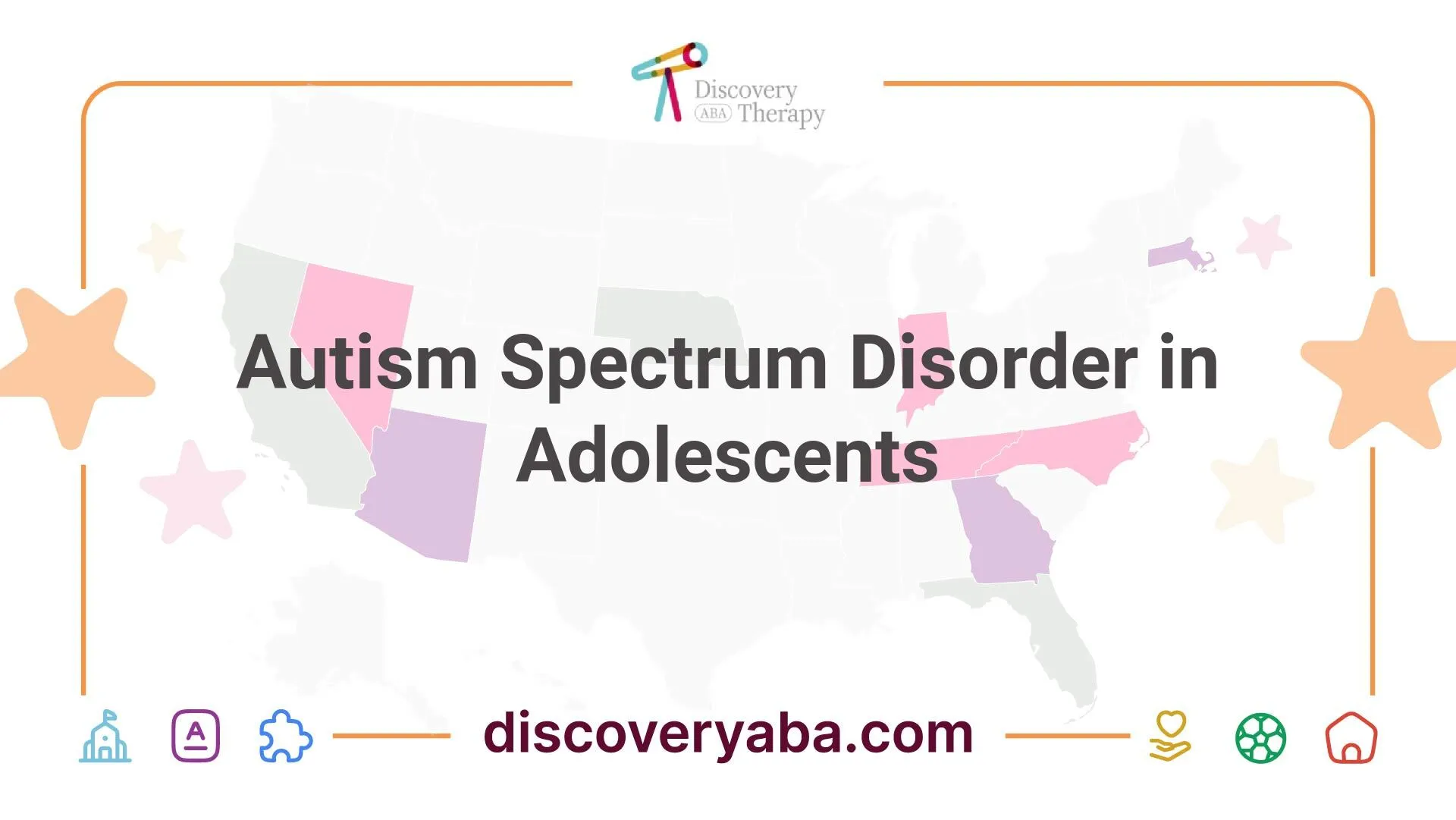


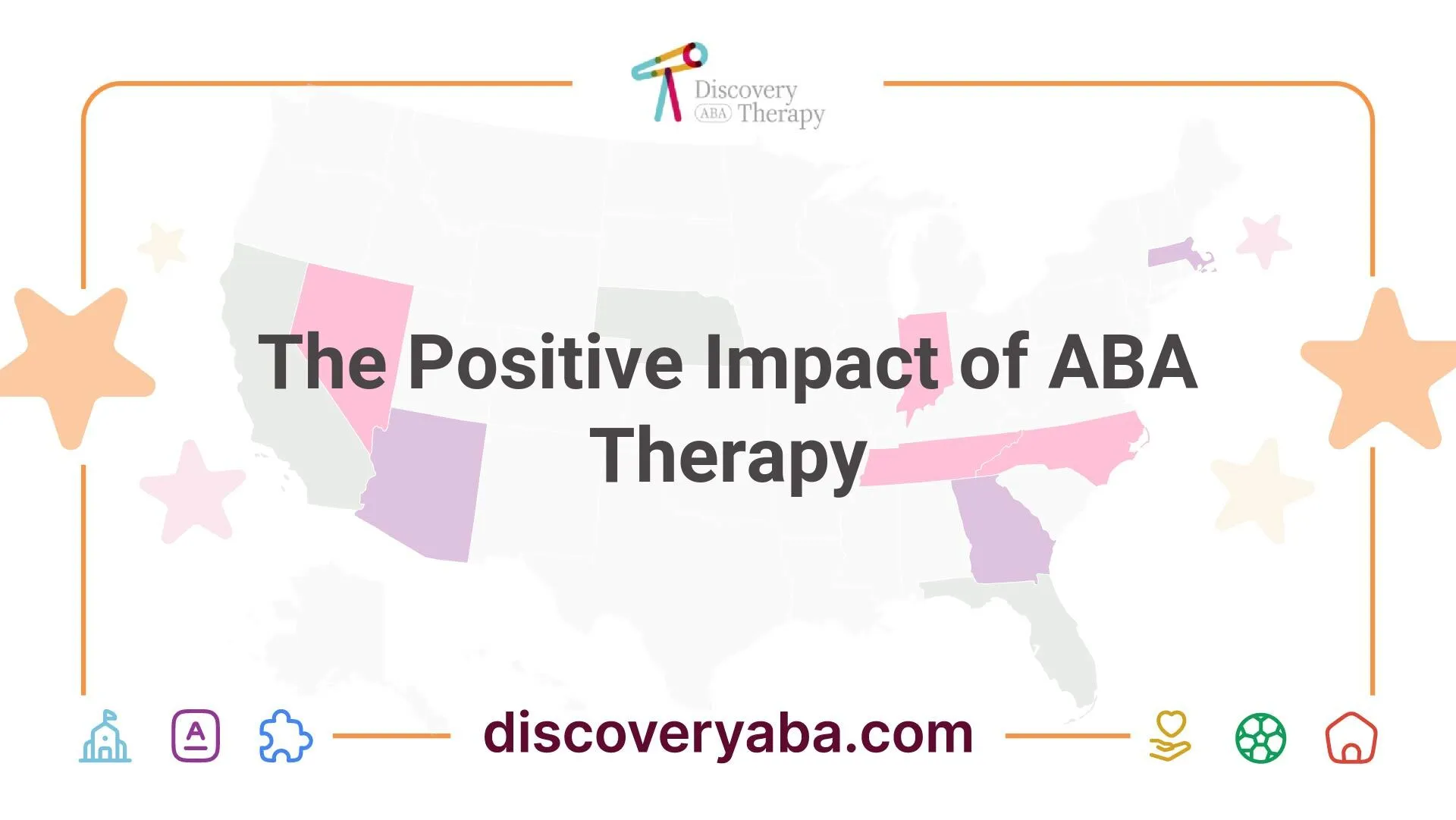









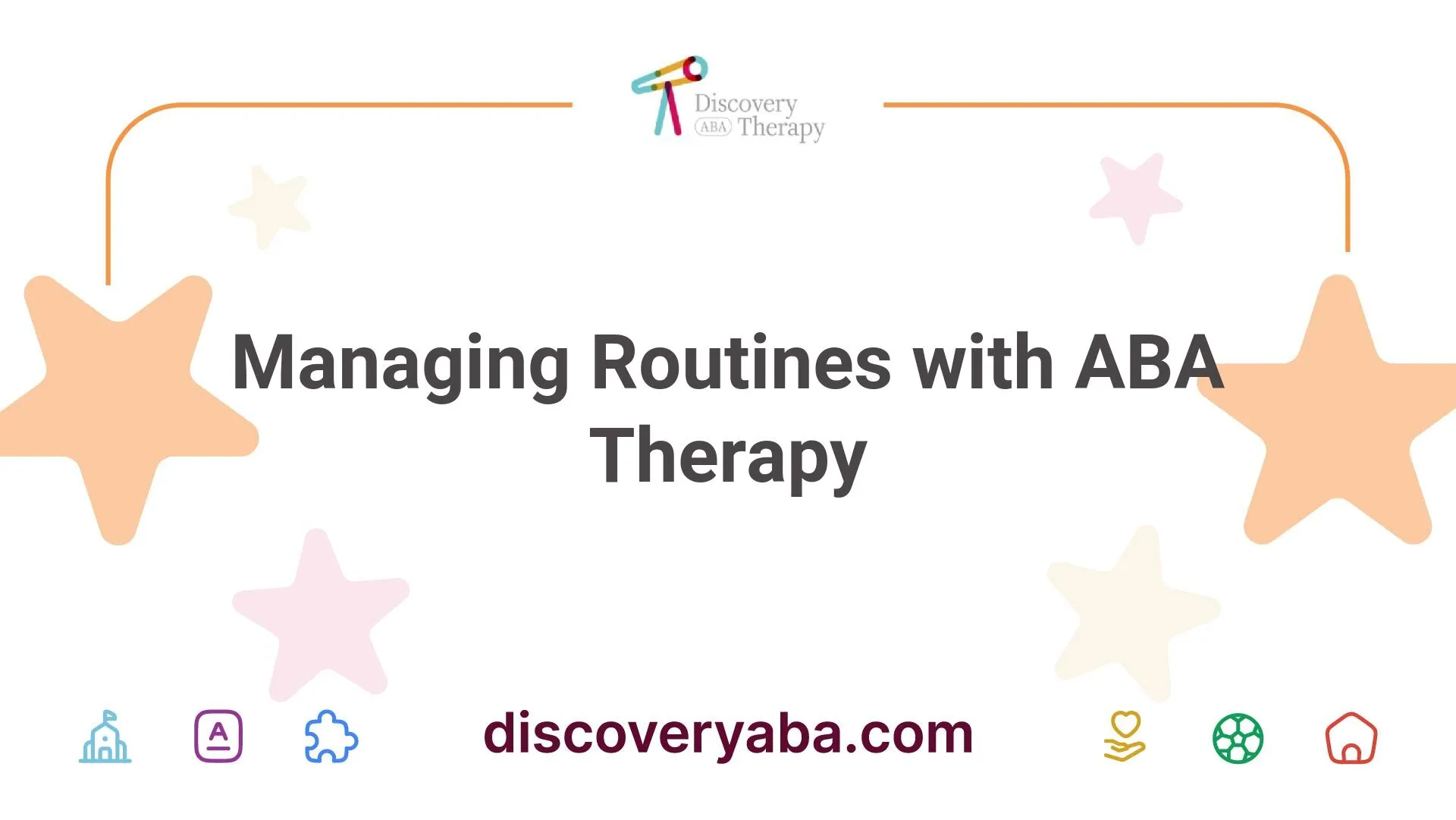
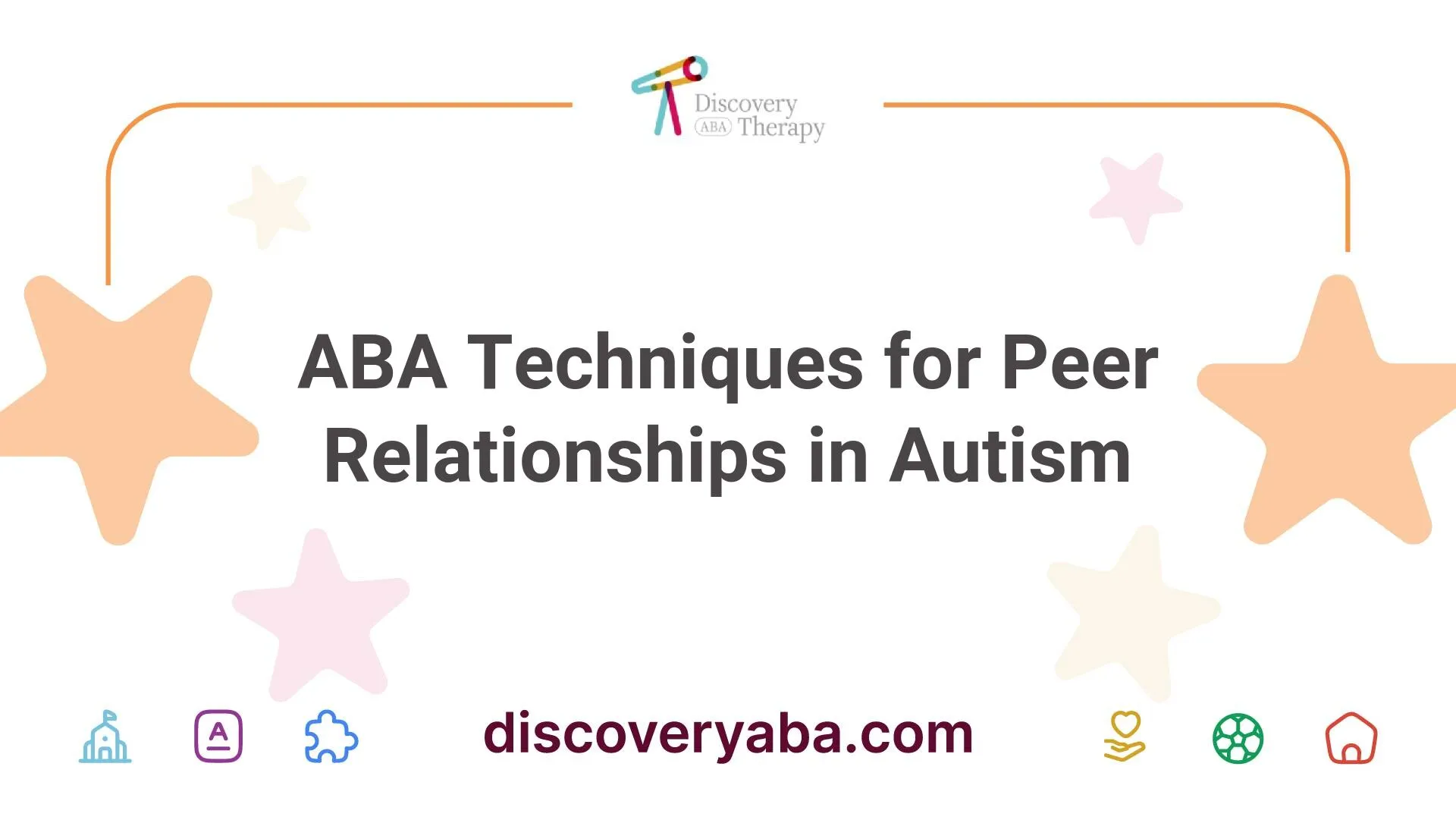




.webp)
